Table of Contents
The selection of a site for a nuclear power plant is a complex process that requires careful consideration of various factors. Site selection is vital for ensuring the safety, environmental sustainability, and economic feasibility of the plant.
1. Safety Considerations
a. Seismic Stability
The selected site should be stable from a geological perspective, with minimal risks of earthquakes and ground shaking. Geological studies must be conducted to understand the seismic history and potential fault lines in the area.
b. Flooding Risks
Avoiding flood-prone areas is critical to prevent water-related accidents. The site should be evaluated for flooding from rivers, seas, heavy rainfall, tsunamis, and dam failures.
c. Aircraft Hazards
Proximity to airports and busy air routes may present risks. An assessment must be done to ensure that accidental aircraft crashes do not pose a significant hazard.
d. Human Population Density
The site should ideally be located away from densely populated regions to minimize potential human casualties in the unlikely event of a major incident.
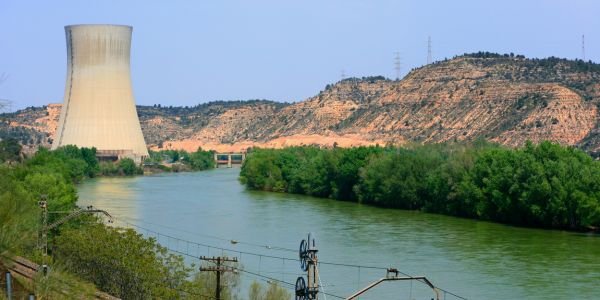
2. Environmental Considerations
a. Water Availability
Water is a vital resource for cooling reactors. Adequate sources, such as rivers or lakes, must be present nearby, and their usage must not adversely affect the local ecology.
b. Environmental Impact Assessment
A comprehensive Environmental Impact Assessment (EIA) must be conducted to understand the potential effects on flora, fauna, water bodies, and the local ecosystem.
c. Land Usage
The site must not be located in ecologically sensitive areas, agricultural lands, or other regions where its establishment would cause significant harm.
3. Economic and Technical Considerations
a. Proximity to Electric Grid
The site must be located near existing electrical grid infrastructure to facilitate the transmission of generated power.
b. Transportation
Ease of access to transportation of materials, fuel, and personnel is essential. Proximity to railways, roads, and ports should be considered.
c. Land Acquisition and Costs
Acquiring land at reasonable costs and without major legal and social conflicts is a significant consideration. The local economic situation should also be assessed to ensure long-term feasibility.
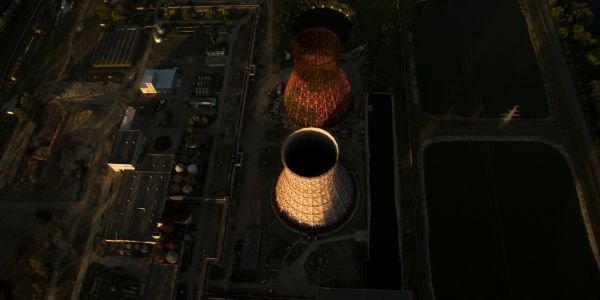
4. Regulatory Considerations
The selected site must adhere to all national and international regulations, including safety standards, environmental laws, and guidelines set by nuclear regulatory bodies.
5. Public Acceptance and Social Factors
Understanding and working with local communities is vital. Public consultations, transparent information sharing, and addressing societal concerns are integral parts of the process.
Summary
Site selection for a nuclear power plant is a multifaceted task that demands an integrative approach. From geological stability to socio-economic aspects, every facet requires careful examination. Properly chosen sites contribute to the safe and effective generation of nuclear energy, minimizing risks and maximizing benefits.
This process also reflects the delicate balance between technological advancement and the responsibilities we hold towards the environment and society. Collaborative efforts between scientists, engineers, regulators, environmentalists, and the community can lead to sound decision-making, ensuring that nuclear energy remains a sustainable option for the future.
Also. read Site Selection for thermal power plant












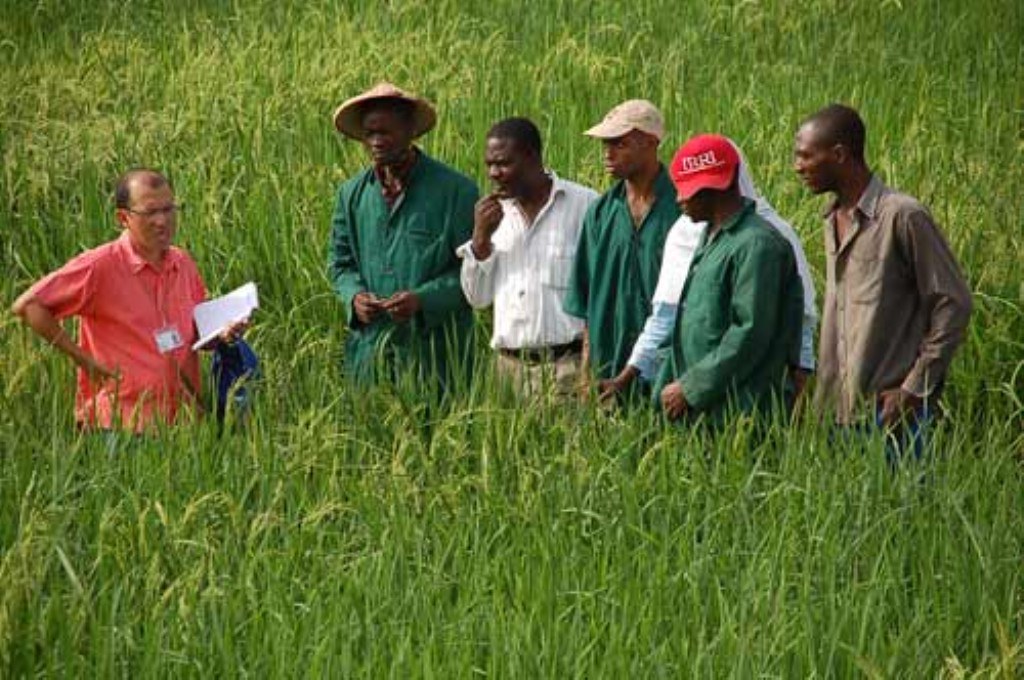



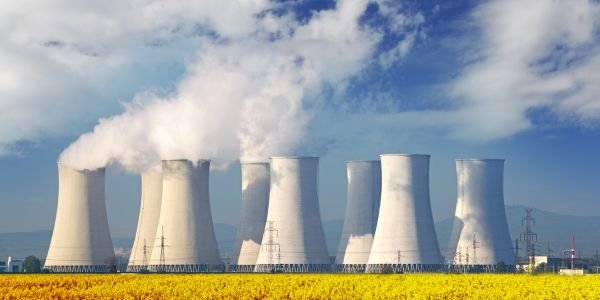
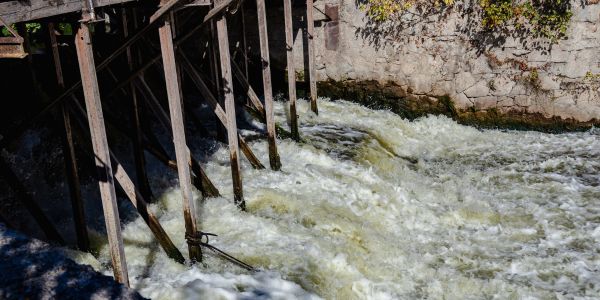
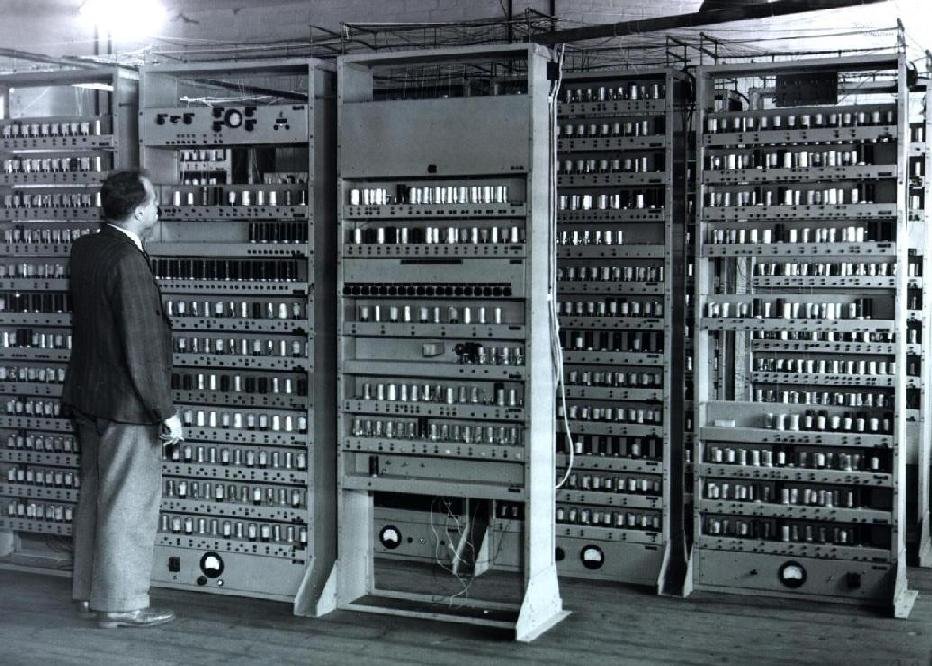



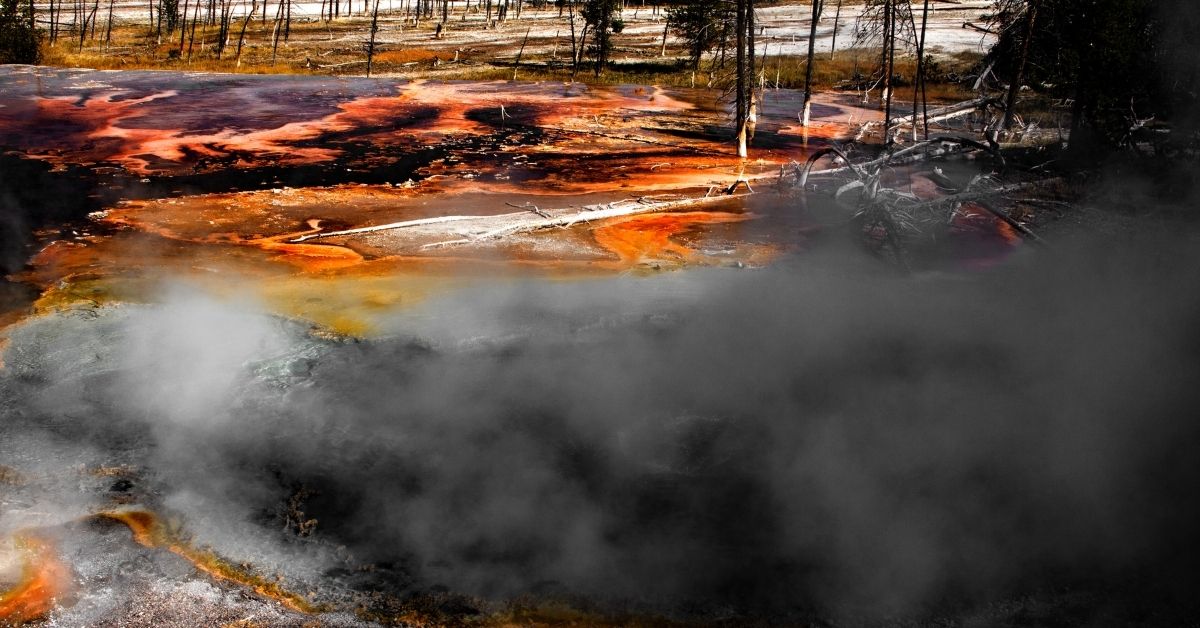
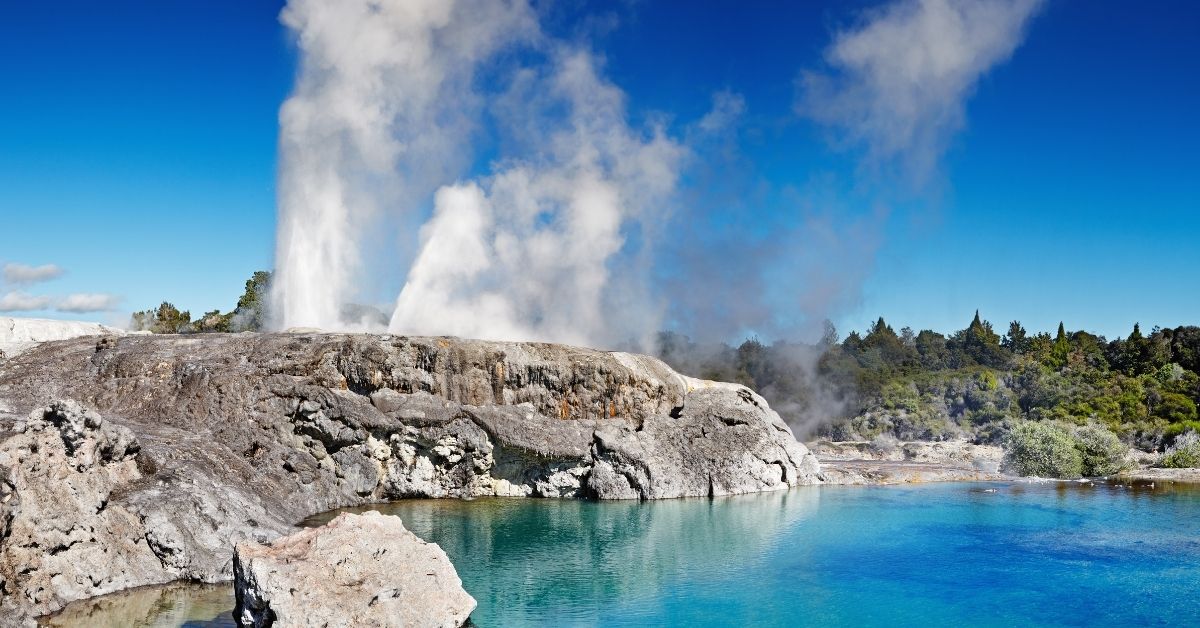
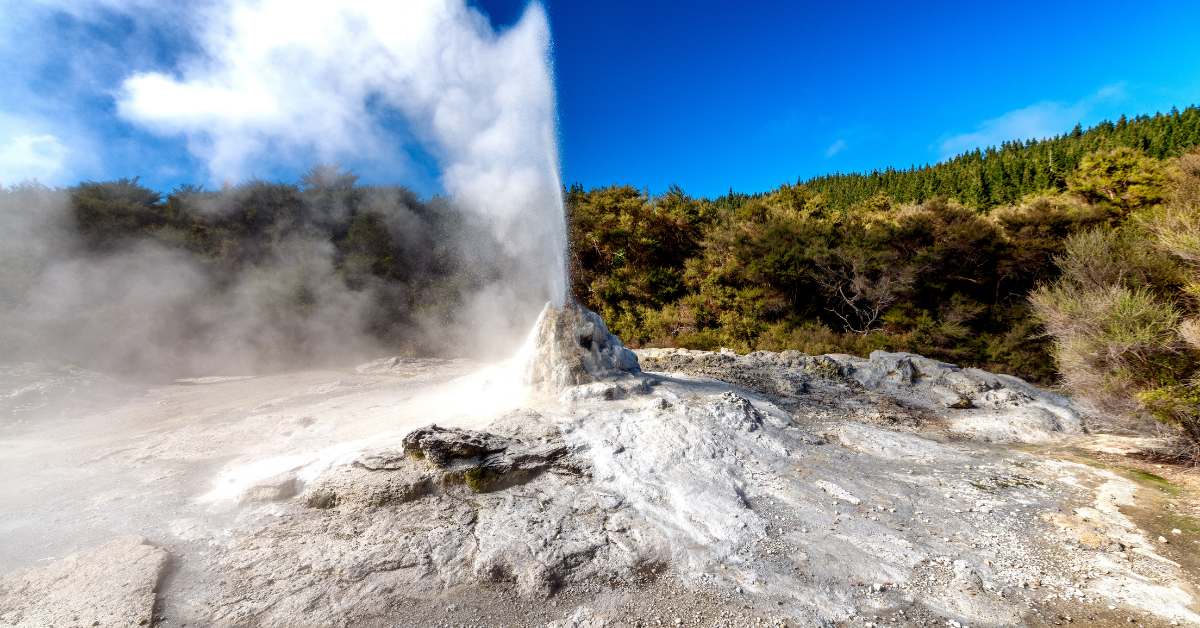
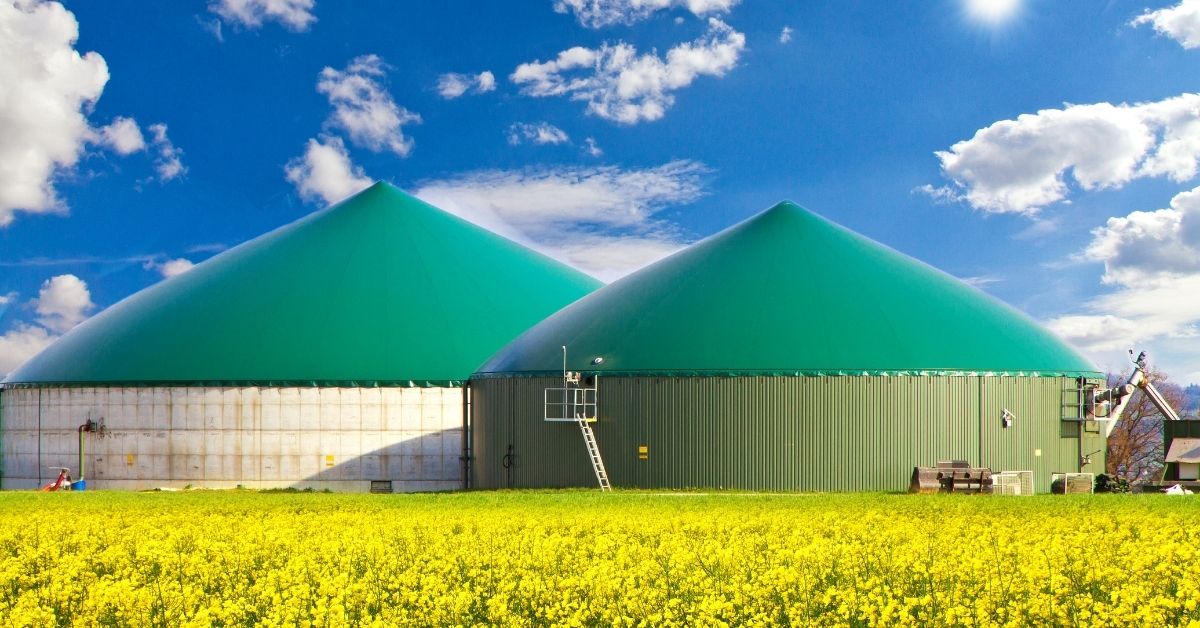


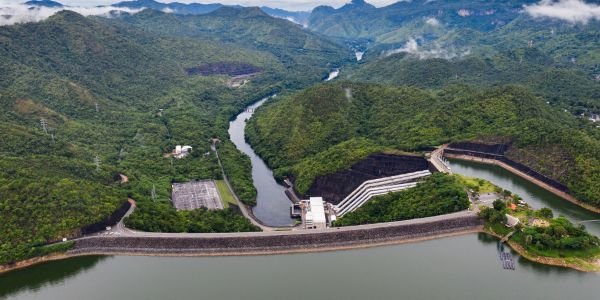



Comment on “Site Selection for Nuclear Power Plant – In depth explained”
Comments are closed.